
Once used in a variety of products and building materials, asbestos was outlawed for use in the UK in 1999. But, why was it outlawed and how dangerous is asbestos? Exposure to this carcinogenic material can cause a variety of life-threatening health conditions. Currently, the Health and Safety Executive (HSE) estimates that more than 20 workers die from past exposure to asbestos, every week.
Unfortunately, despite the ban on asbestos, asbestos-containing materials can still be found in products and buildings produced and built before the year 2000. People who work in industries such as construction need to understand asbestos danger.
Where is asbestos found? What are the most common types of asbestos-containing products? How dangerous is asbestos exposure? And what are the symptoms of asbestos exposure? In this article, we will explore these very important questions.
Where is Asbestos Found?
Asbestos has a range of properties that made it extremely useful as a building material. Asbestos has high tensile strength, is fire-retardant and was available at extremely low cost. These advantages made asbestos a highly popular material for use in a variety of products and as insulation in buildings.
The HSE has stated that asbestos can still be found in approximately 300,000 non-domestic buildings in the UK and is more than likely present in many more residential homes. More than 5,000 products produced before 1999 are believed to contain asbestos.
At the time of writing, there is no plan to completely eradicate asbestos from either private residences or public buildings. The Work and Pensions Committee has previously lobbied for the removal of all asbestos from UK buildings within a 40-year period. The Committee believes that, as older buildings are retrofitted to meet net-zero CO2 emissions regulations, the risk of asbestos exposure is increasing.
This risk increases exponentially to the number of fibres that are released into the air.
The Most Common ACMs and Products and the Level of Risk of Fibre Release
There is a sliding scale that determines how dangerous asbestos is, based on the products or materials in which it is contained.
We will now assess the level of risk of fibres being released in some of the common asbestos-containing materials and products.
Sprayed Coatings *HIGH RISK*
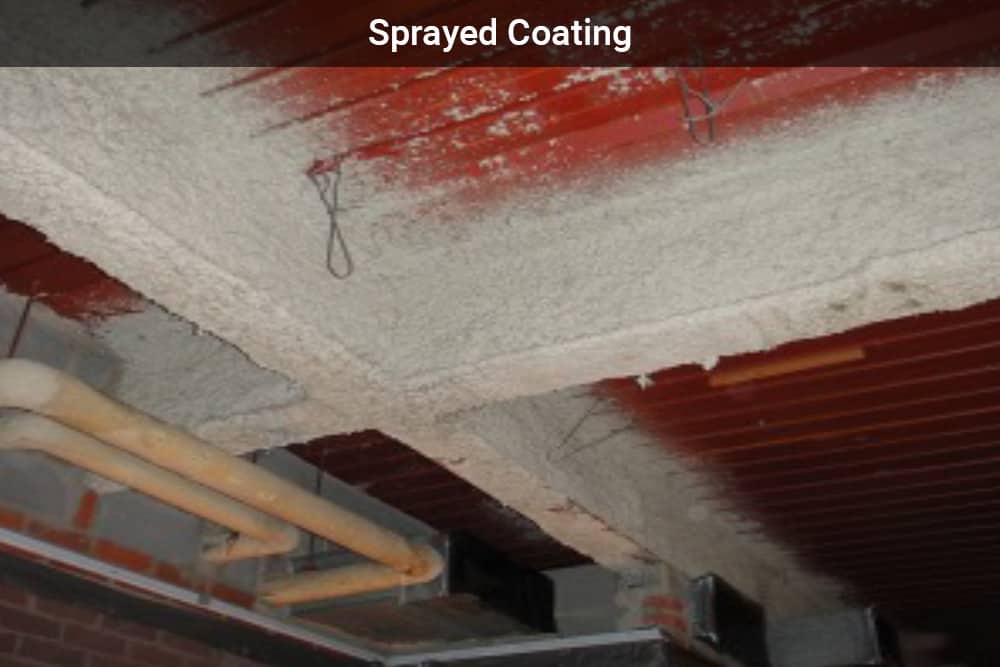
Sprayed asbestos coatings on ceilings, walls, concrete and steel have a high potential for fibre release if unsealed. This makes it a high-risk material.
This risk increases if they are knocked, the surface is abraded or delaminates from the underlying surface. Dust containing asbestos fibres may then accumulate on false ceilings, wiring and ventilation systems.
Thermal Insulation *HIGH RISK*
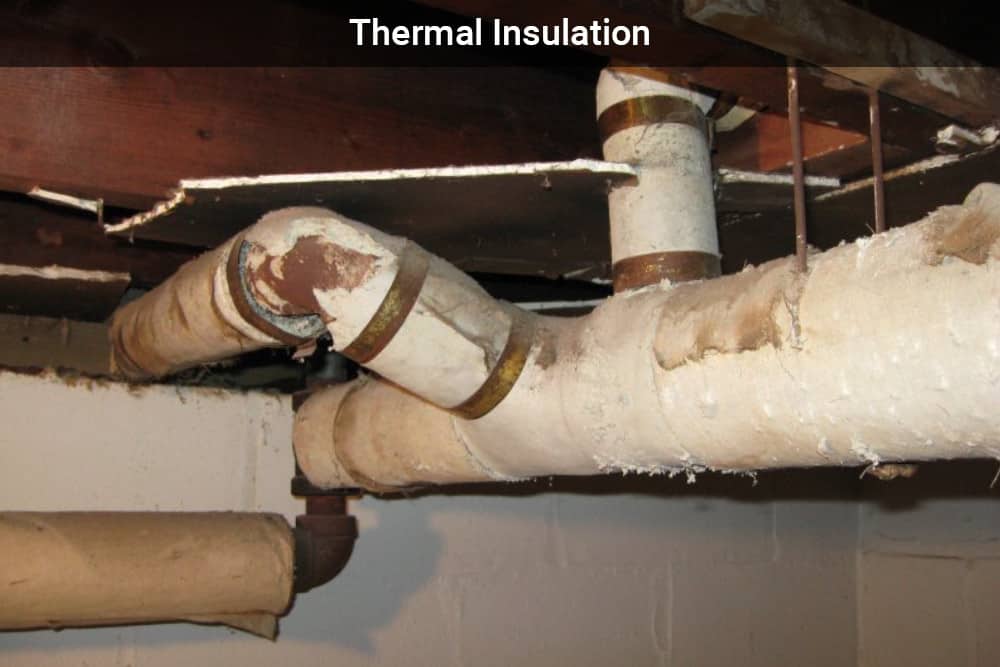
Thermal insulation on boilers and pipework poses a medium risk of fibre release. The ease of fibre release will vary depending on the type of lagging used and the surface treatment. Many such insulating materials are covered with calico and painted with a sealant, such as PVA, latex or bitumen. This greatly reduces the risk of exposure to asbestos, provided the material is not disturbed.
Asbestos Paper *MEDIUM RISK*
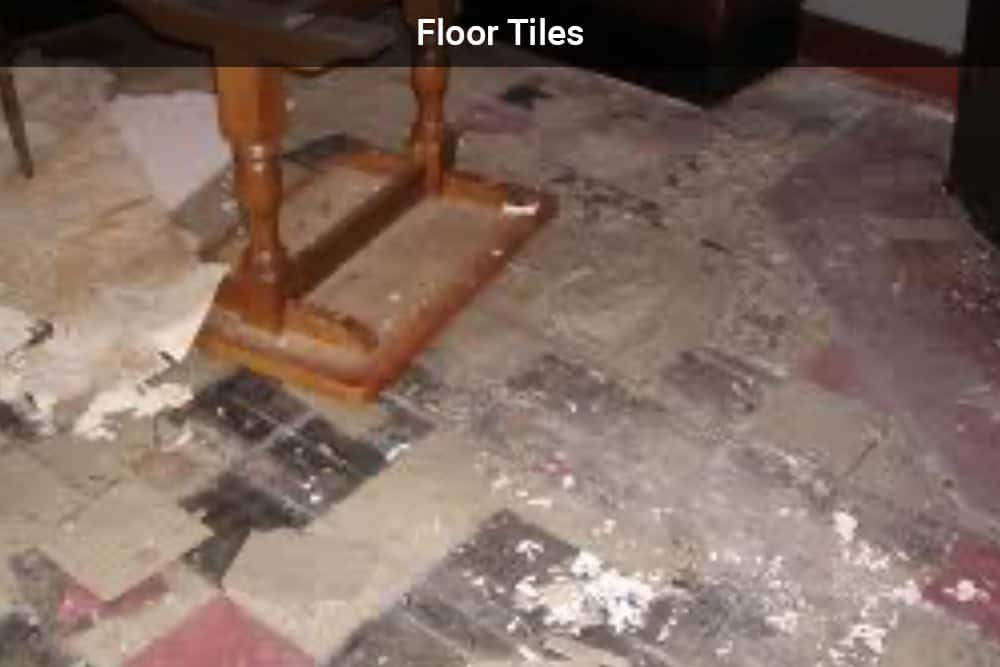
Asbestos paper used in surface lining, ceiling tiles and sheet materials poses a medium risk of fibre release. If they are not encapsulated, combined within vinyl or bitumen or bonded in some other way, these paper materials can easily be damaged and release asbestos fibres when abraded or worn.
Asbestos Insulating Board (AIB) *MEDIUM TO LOW RISK*
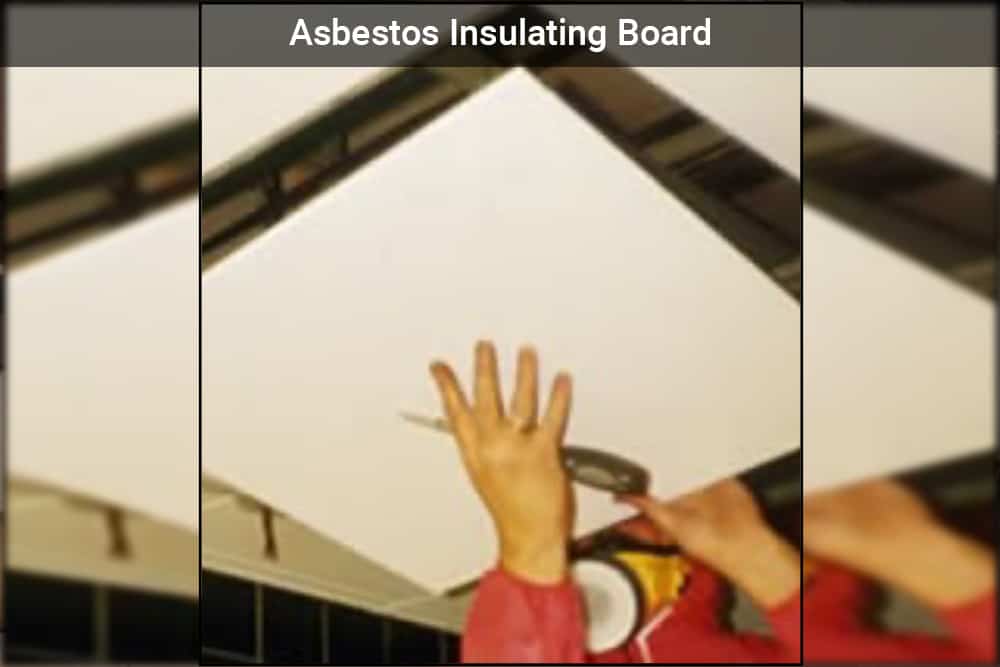
Asbestos insulating board, or AIB, is commonly found around radiators, in ceiling tiles, fire doors and building packing material. AIB poses a medium to low risk of fibre release.
However, AIB sheets can be easily broken, causing significant fibre release. Significant surface release is also possible by abrasion. Sawing and drilling will also cause significant fibre release. The surface of AIBs is usually painted or plastered, which can make identifying them difficult.
Textile Materials *LOW RISK*
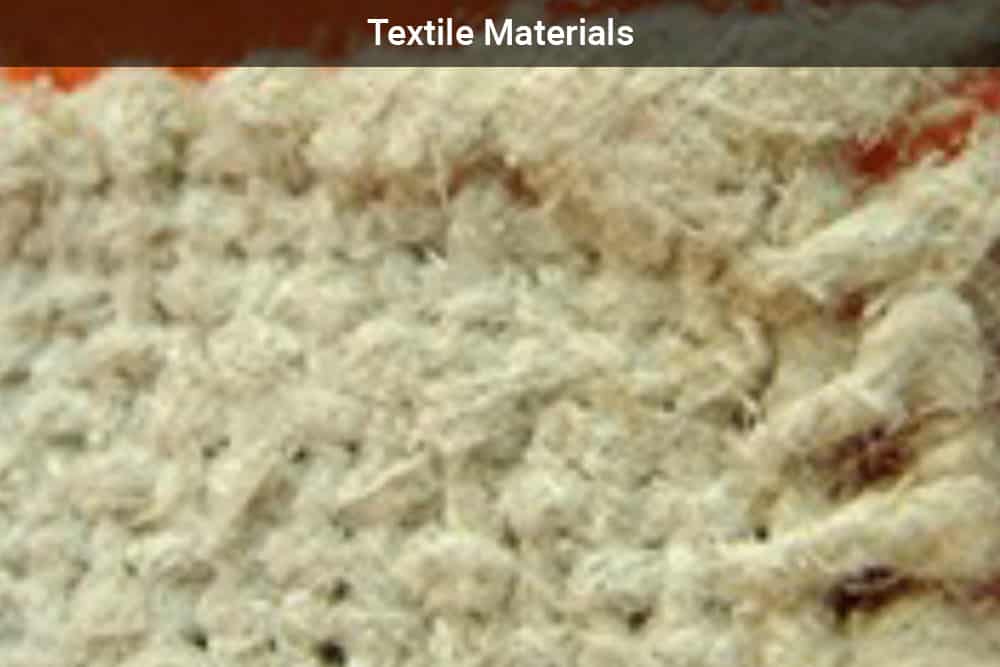
Textile materials used as electrical insulation in fuse boards, rope insulation and rolls used as seals pose a low fibre release risk.
The weaving in these materials reduces the risk of fibre release and, providing they remain intact, helps to prevent fibre release. Abrading or cutting the materials will release asbestos fibres. These materials are also likely to degrade and become more friable with age. This may cause them to break into smaller pieces under duress. If used with caulking, fibres will be encapsulated and are less likely to be released.
Moulded or Cast Asbestos Products *LOW RISK*

Asbestos in moulded or cast products, including roofing, cladding sheets, drainpipes, toilet cisterns, tanks and boiler flues, poses a low fibre release risk. There is a risk of fibre release if these products are abraded, sawn or worked on with power tools.
Exposed surfaces and acidic conditions will wear away the cement and expose asbestos fibres on the surface. Simple cleaning and maintenance of roofing products may also release fibres.
Textured Decorative Finishes *LOW RISK*
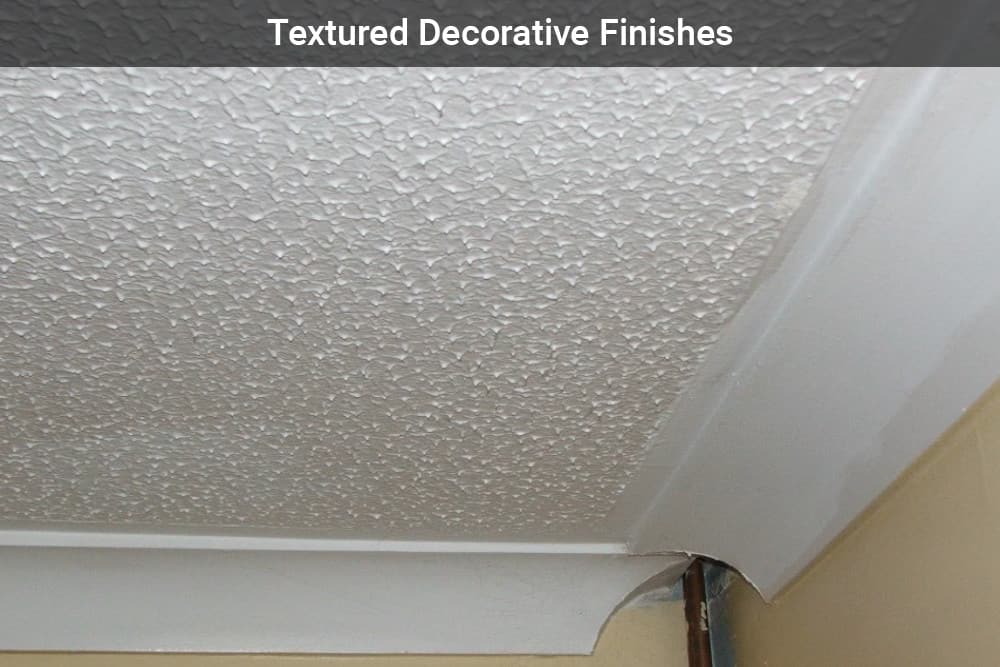
Textured decorative finishes pose a low fibre release risk. Generally, asbestos fibres are firmly contained within the coating material and will not be released if the material is cracked or broken. However, asbestos fibres can be released if the coating is sanded or scraped off.
Adhesive and Bitumen Products *LOW RISK*
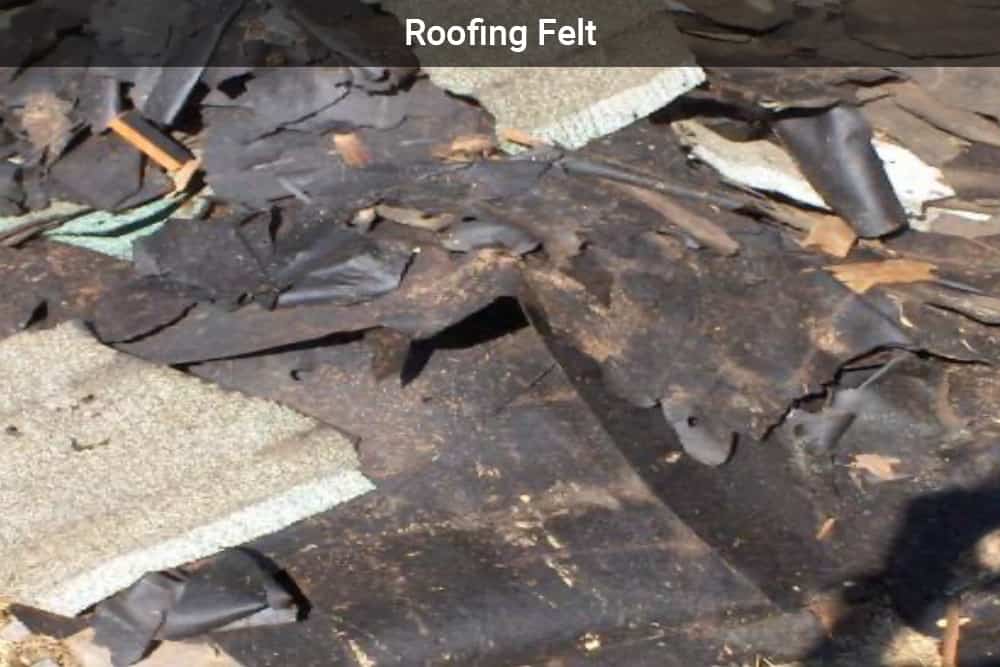
Asbestos in bitumen products such as roofing felt, mastics and adhesives poses a low fibre release risk. Fibre release is unlikely during normal use. However, roofing felts, DPC and bitumen-based sealants must not be burnt after removal.
Flooring *LOW RISK*
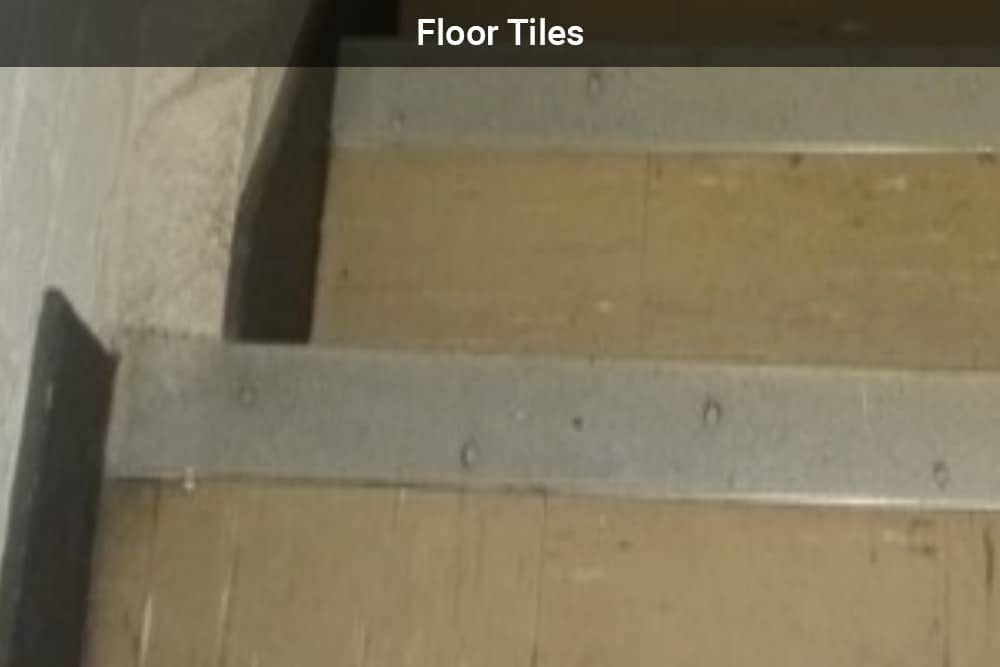
Asbestos-containing floor tiles and vinyl stair nosing pose a low fibre release risk. Fibre release is unlikely to be a hazard under normal service conditions. It is possible for fibres to be released when the material is cut and there may be substantial release if the flooring is power-sanded.
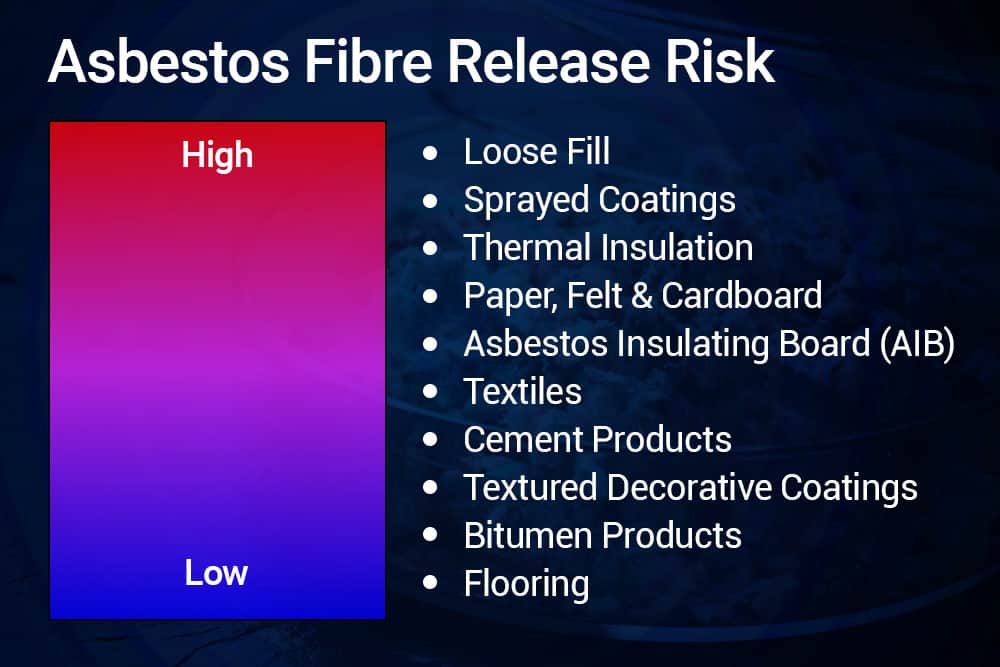
The Dangers of Exposure to Asbestos
How dangerous is asbestos exposure? Asbestos fibres are microscopic in size. When released into the air they can be swallowed or inhaled and become lodged in the lungs, throat and digestive organs.
These fibres can cause immense damage to the human body which leads to the development of often fatal health conditions such as cancer. Most severe cases are the result of prolonged exposure to asbestos, but it should be noted that there is no safe level of exposure to asbestos, according to health experts such as the US-based Mesothelioma Centre at Asbestos.com.
Being exposed to asbestos can result in a person developing mesothelioma, which is a type of cancer that is often fatal. Mesothelioma almost exclusively occurs as a result of exposure to asbestos.
Other conditions caused by exposure to asbestos include:
- Lung cancer
- Ovarian cancer
- Laryngeal cancer
- Scarring of the lungs (Asbestosis)
- Pleural thickening
The Symptoms of Asbestos Exposure
Symptoms of asbestos exposure often do not start to appear until many years after the event. It can take anywhere from five to 15 or even 60 years for an asbestos-related disease to develop. This long latency period means that by the time the diseases are diagnosed, patients are usually non-responsive to treatment.
Symptoms of asbestos exposure include:
- Chest pain
- Shortness of breath
- Extreme fatigue
- Severe coughing
- Loss of appetite
- Weight loss
How to Stay Asbestos Aware
Being aware of the dangers of asbestos is crucial for anyone who may come into contact with it. As asbestos can still be found in many buildings and products, workers should receive appropriate training. Everyone in the UK has a legal right to understand the hazards they face at work and what they must do to protect themselves.
Human Focus provides infographics, posters and online asbestos training courses that give participants the skills to identify where workers may be at risk of asbestos exposure and what to do if there is a suspected exposure. These courses are accredited by authorities such as the UK Asbestos Training Association (UKATA) and Independent Asbestos Training Providers (IATP).






















































































































































































































































































































































































































































































































































